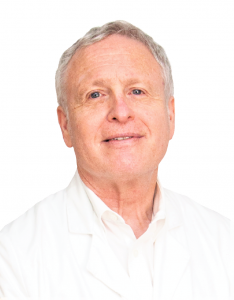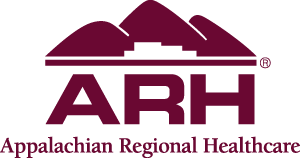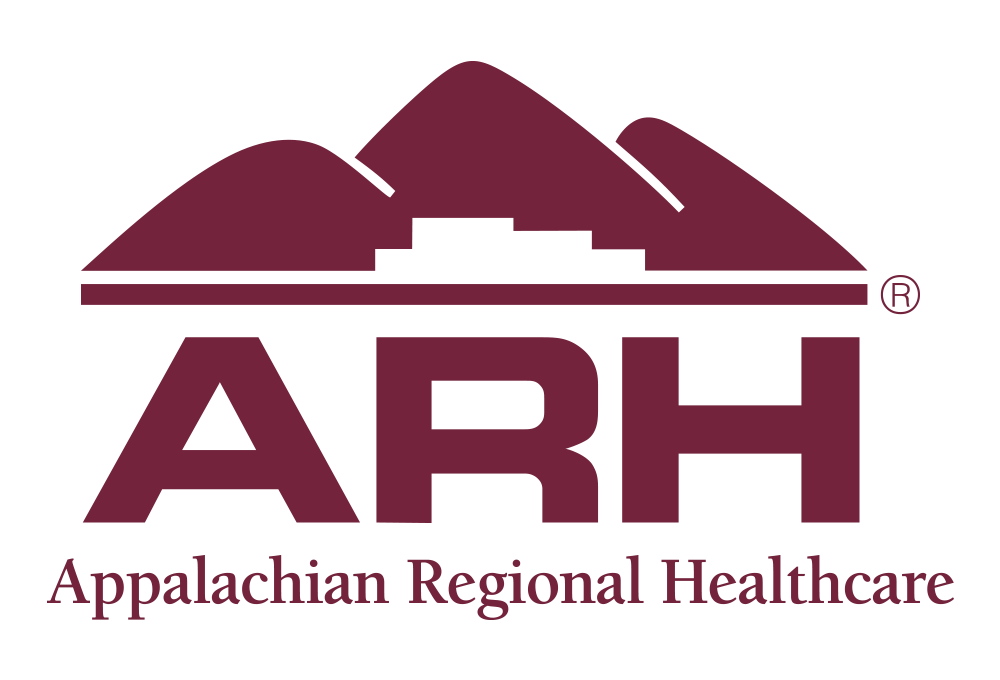American Heart Month: Heart Disease is Number One Killer
 Someone dies every 36 seconds in the United States from cardiovascular disease. Heart disease is the leading cause of death in the United States, killing more than 655,000 Americans each year, according to the Centers for Disease Control and Prevention (CDC).
Someone dies every 36 seconds in the United States from cardiovascular disease. Heart disease is the leading cause of death in the United States, killing more than 655,000 Americans each year, according to the Centers for Disease Control and Prevention (CDC).
The term “heart disease” refers to several types of heart conditions. The most common type is coronary artery disease (CAD), which can cause heart attack. Other kinds of heart disease may involve the valves in the heart, or the heart may not pump well and cause heart failure.
Anyone, including children, can develop heart disease. It occurs when a substance called plaque builds up in your arteries. Too much plaque buildup and narrowed artery can make it harder for blood to flow through your body. When your heart muscle does not get enough blood, you may have chest pain or discomfort, called angina. Angina is the most common symptom of CAD.
Your arteries can narrow over time, reducing blood flow to the heart. CAD can weaken the heart muscle. This may lead to heart failure, a serious condition where the heart has difficulty pumping blood the way that it should. An irregular heartbeat or arrhythmia also can develop and even cardiac arrest.
According to ARH Cardiologist Steven Rosenthal, MD, once you get heart disease, you will always have it. “There are effective medicines to slow the progression and procedures which can help blood and oxygen flow to the heart. The arteries may be damaged, but can improve with care,” Rosenthal explained. “Also keep in mind the condition of your blood vessels will steadily worsen unless you make changes in your daily habits, take your medicines and control your risk factors.”
Major Risk Factors
High blood pressure. Normal blood pressure level is less than 120/80 mmHg. Blood pressure is considered high if it stays at or above 140/90 mmHg over time. If you have diabetes or chronic kidney disease, high blood pressure is defined as 130/80 mmHg or higher. (The mmHg is millimeters of mercury—the units used to measure blood pressure.)
Unhealthy blood cholesterol levels. This includes high LDL cholesterol (sometimes called “bad” cholesterol) and low HDL cholesterol (sometimes called “good” cholesterol).
Insulin resistance. This condition occurs if the body can’t use its own insulin properly. Insulin is a hormone that helps move blood sugar into cells where it’s used for energy. Insulin resistance may lead to diabetes.
Diabetes. With this disease, the body’s blood sugar level is too high because the body doesn’t make enough insulin or doesn’t use its insulin properly.
Overweight or obesity. The terms “overweight” and “obesity” refer to body weight that is greater than what is considered healthy for a certain height.
Metabolic syndrome. Metabolic syndrome is the name for a group of risk factors that raises your risk for CHD and other health problems, such as diabetes and stroke.
Lack of physical activity. Being physically inactive can worsen other risk factors for CHD, such as unhealthy blood cholesterol levels, high blood pressure, diabetes and being overweight.
Unhealthy diet. An unhealthy diet can raise your risk for CHD. Foods that are high in saturated and trans fats, cholesterol, sodium and sugar can worsen other risk factors for CHD.
Older age. Genetic or lifestyle factors cause plaque to build up in your arteries as you age. In men, the risk for coronary heart disease increases starting at age 45. In women, the risk for coronary heart disease increases starting at age 55. A family history of early coronary heart disease is a risk factor for developing coronary heart disease, specifically if a father or brother is diagnosed before age 55, or a mother or sister is diagnosed before age 65.
Smoking. Smoking can damage and tighten blood vessels, lead to unhealthy cholesterol levels, and raise blood pressure. Smoking also can limit how much oxygen reaches the body’s tissues.
Regarding these risk factors, Rosenthal emphasized: “Pay attention to these health factors and talk to your healthcare provider about making necessary changes to your lifestyle so you can improve your heart health.”
Your healthcare provider can determine your risk of heart attack, and can provide information about various tools you can use to protect your heart, including smoking cessation programs, an exercise regimen, nutrition counseling, blood pressure screenings and cholesterol testing.
For a healthcare professional close to you, go online to Appalachian Regional Healthcare (ARH) at www.arh.org or call your local ARH hospital.
Sources: National Institute of Health, National Heart, Lung and Blood Institute and Centers for Disease Control and Prevention (CDC).



